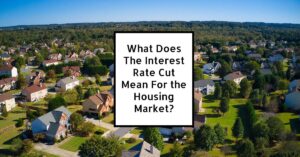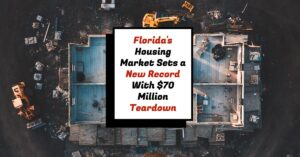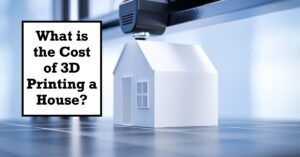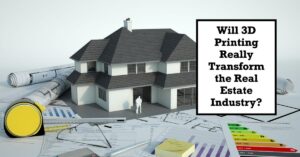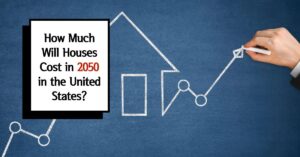If you're looking for a house for 300k in California, you might be wondering where to start your search. California is a huge and diverse state, with different regions offering different lifestyles, climates, and amenities. Whether you're looking for a cozy cabin in the mountains, a beachfront bungalow, or a suburban ranch, there's a place for you in the Golden State.
In this blog post, we'll explore some of the best places to buy a house for 300k in California, based on data from Zillow and other sources. We'll also give you some tips on how to find your dream home and make a smart offer. Let's get started!
Best Places to Buy a House for 300k in California
According to Zillow, the median home value in California as of January 2024 was $750,709, which is well above the national average in the U.S. However, that doesn't mean you can't find affordable homes in some areas of the state. Here are some of the best places to buy a house for 300k in California, along with their median home values:
Fresno:
Fresno is the fifth-largest city in California and the largest inland city in the state. It's located in the San Joaquin Valley, which is known for its agricultural production and diversity. Fresno offers a mix of urban and rural living, with plenty of cultural attractions, outdoor recreation, and educational opportunities. You can find homes for sale under 300k in Fresno on Zillow.
Moreno Valley:
Moreno Valley is a fast-growing city in Riverside County, about an hour east of Los Angeles. It's surrounded by mountains and hills, giving it a scenic and natural feel. Moreno Valley has a variety of housing options, from single-family homes to condos to mobile homes. You can find homes for sale under 300k in Moreno Valley on Zillow.
Janesville:
Janesville is a small town in Lassen County, about an hour north of Reno, Nevada. It's located in the Honey Lake Valley, which offers stunning views of the Sierra Nevada mountains and abundant wildlife. Janesville is a peaceful and quiet community, with a low cost of living and a high quality of life. You can find homes for sale under 300k in Janesville on Zillow.
Taft:
Taft is a historic oil town in Kern County, about an hour west of Bakersfield. It's known for its rich heritage and its proximity to the Carrizo Plain National Monument, which is home to diverse flora and fauna and spectacular wildflower displays. Taft has a small-town charm and a friendly atmosphere, with affordable housing and low crime rates. You can find homes for sale under 300k in Taft on Zillow.
Sacramento:
Sacramento is the capital city of California and the seat of Sacramento County. It's located at the confluence of the Sacramento and American rivers, which provide ample opportunities for boating, fishing, and kayaking. Sacramento is also known for its cultural diversity, historic landmarks, and vibrant nightlife. You can find homes for sale under 300k in Sacramento on Zillow.
Tips on How to Find Your Dream Home and Make a Smart Offer
Finding a house for 300k in California might not be easy, but it's not impossible either. Here are some tips on how to find your dream home and make a smart offer:
- Do your research: Before you start looking for homes, do some research on the areas you're interested in. Check out the local market trends, neighborhood amenities, school ratings, crime statistics, and commute times.
- Work with a local agent: A local real estate agent can help you navigate the complex and competitive California housing market. They can provide you with insider information, access to off-market listings, and professional guidance throughout the process. They can also help you negotiate the best price and terms for your offer.
- Be flexible: When you're looking for a house for 300k in California, you might have to compromise on some aspects of your ideal home. For example, you might have to settle for a smaller size, an older style, or a less desirable location. However, don't compromise on your must-haves or your budget. Be flexible but realistic about what you can afford and what you need.
- Act fast: The California housing market is hot right now, with high demand and low inventory. That means homes sell quickly, often with multiple offers and bidding wars. If you find a home you love, don't hesitate to make an offer. Be prepared to act fast and make a strong and attractive offer that stands out from the competition.
Buying a house for 300k in California might seem like a daunting task, but it's not impossible. There are still plenty of beautiful and affordable places to buy a home in the Golden State, if you know where to look and how to act. With some research, some help from a local agent, and some flexibility, you can find your dream home and make a smart offer. Good luck and happy house hunting!



